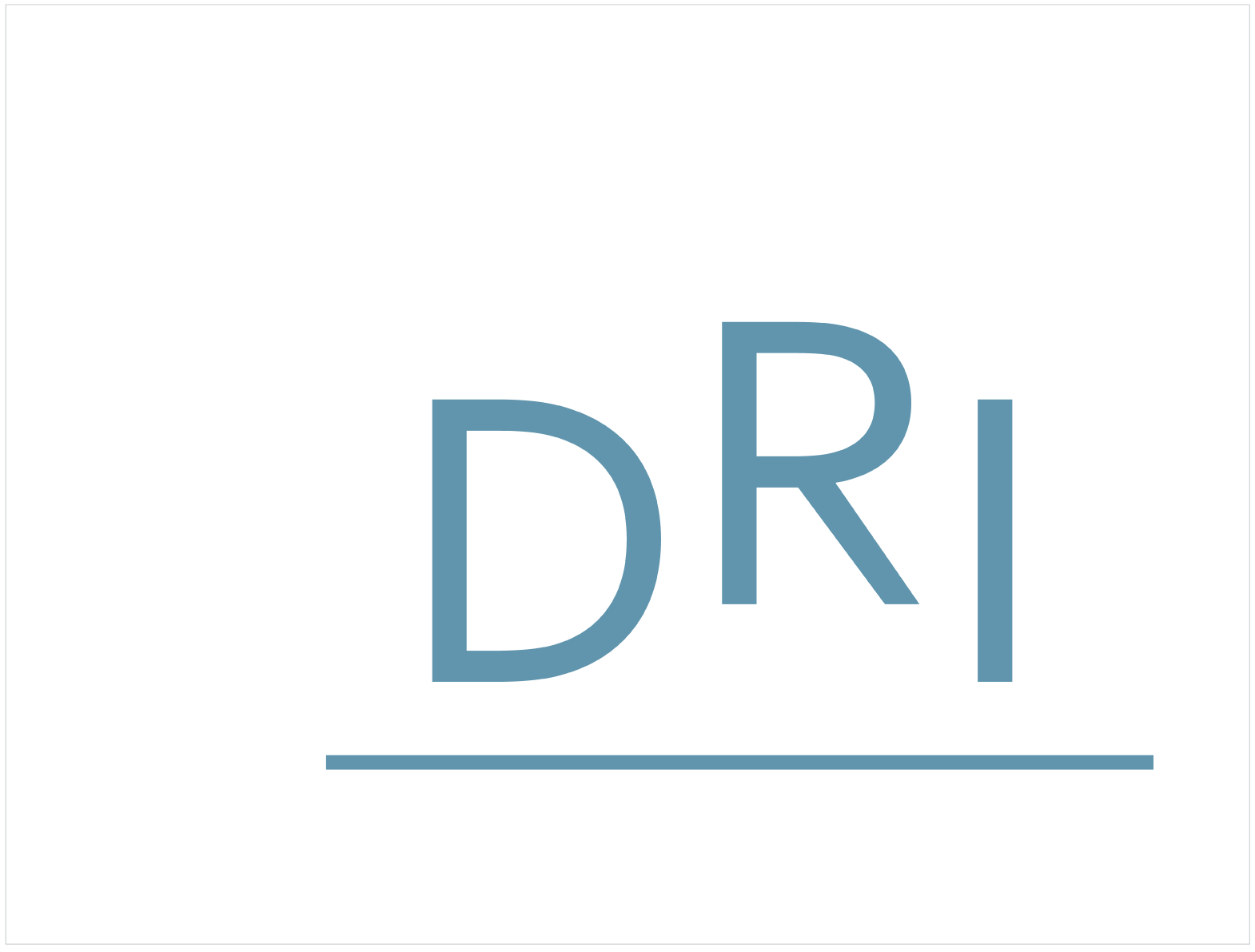Imagine a father and son sitting at opposite sides of a desk. On the one hand, the father has seen his business and boy grow in front of his eyes. He is proud of them both. Yet, how do you transition from being father and son to colleagues? He has taught right from wrong, said…
Monthly Archives: January 2023
As many people do, I set some New Year’s resolutions this 2023. A couple of weeks in, I am feeling good about keeping up with what I decided to do. Yet, I must admit that part of me is scared that it all comes tumbling down at the first sign of trouble. This, to be…



